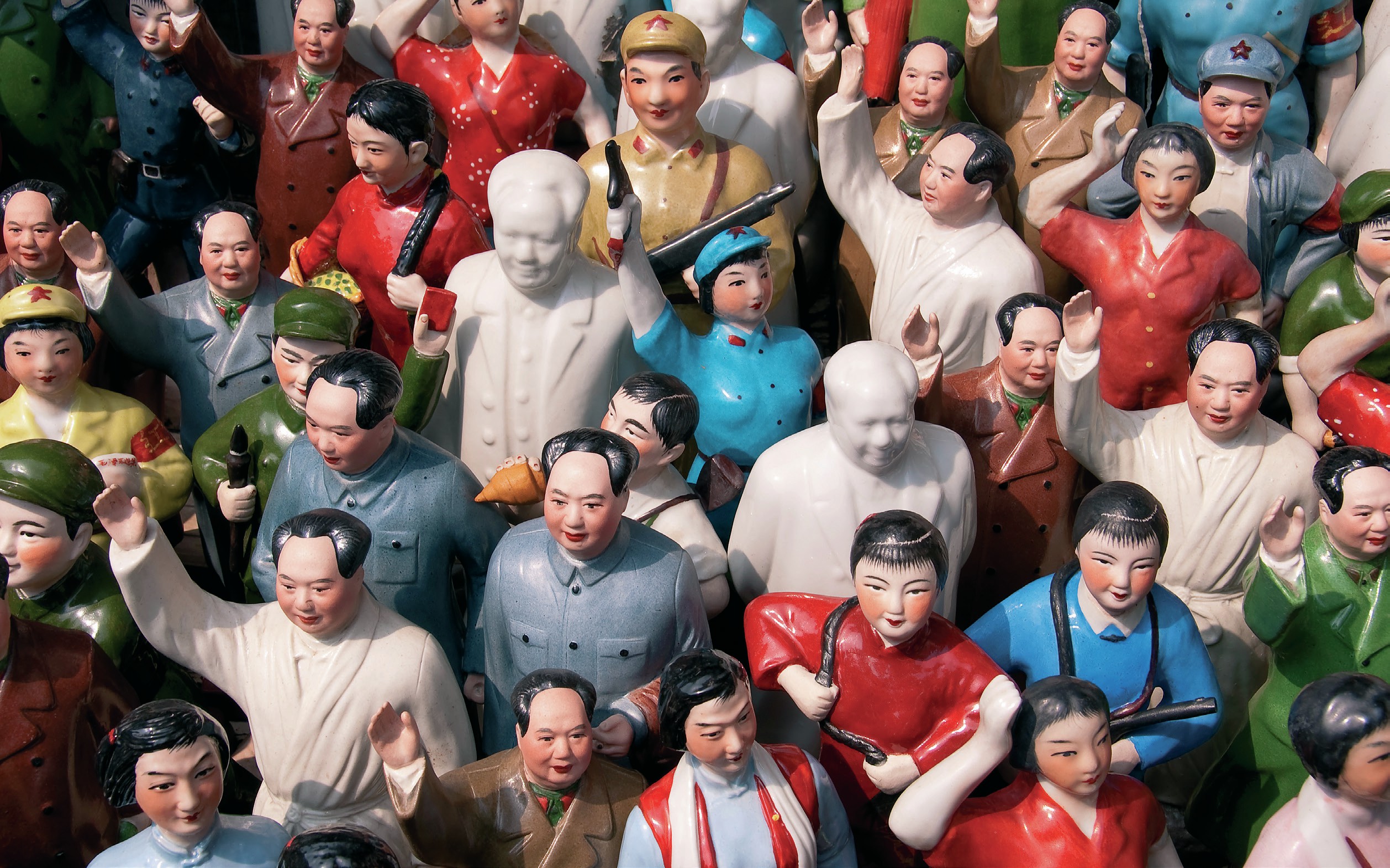
China’s population is huge — 1.37 billion people, over one-sixth of the world’s population, live in this vast country. During the 1950s, 1960s and early 1970s, China was under the Communist rule of Chairman Mao. In order to create a strong military and industrial workforce, Mao encouraged population growth. The Chinese people obliged and the population grew rapidly from approximately 600,000 in 1950 to 900,000 in 1970, with no signs of the growth rate slowing. In 1970, the fertility rate was 5.81 children per woman.
In the 1970s, the Chinese government realised that with an increasing population, problems of meeting the resource needs of the Chinese people would also grow. In response to this, the ‘later, longer, fewer’ policy was introduced. Its objective was to reduce population growth and ease pressure on resources. The legal age of marriage was increased and longer intervals between children encouraged. The fertility rate fell to 2.72 by 1978, but due to already large numbers of people at childbearing age, this still meant huge population growth (see Figure 1).
Your organisation does not have access to this article.
Sign up today to give your students the edge they need to achieve their best grades with subject expertise
Subscribe




